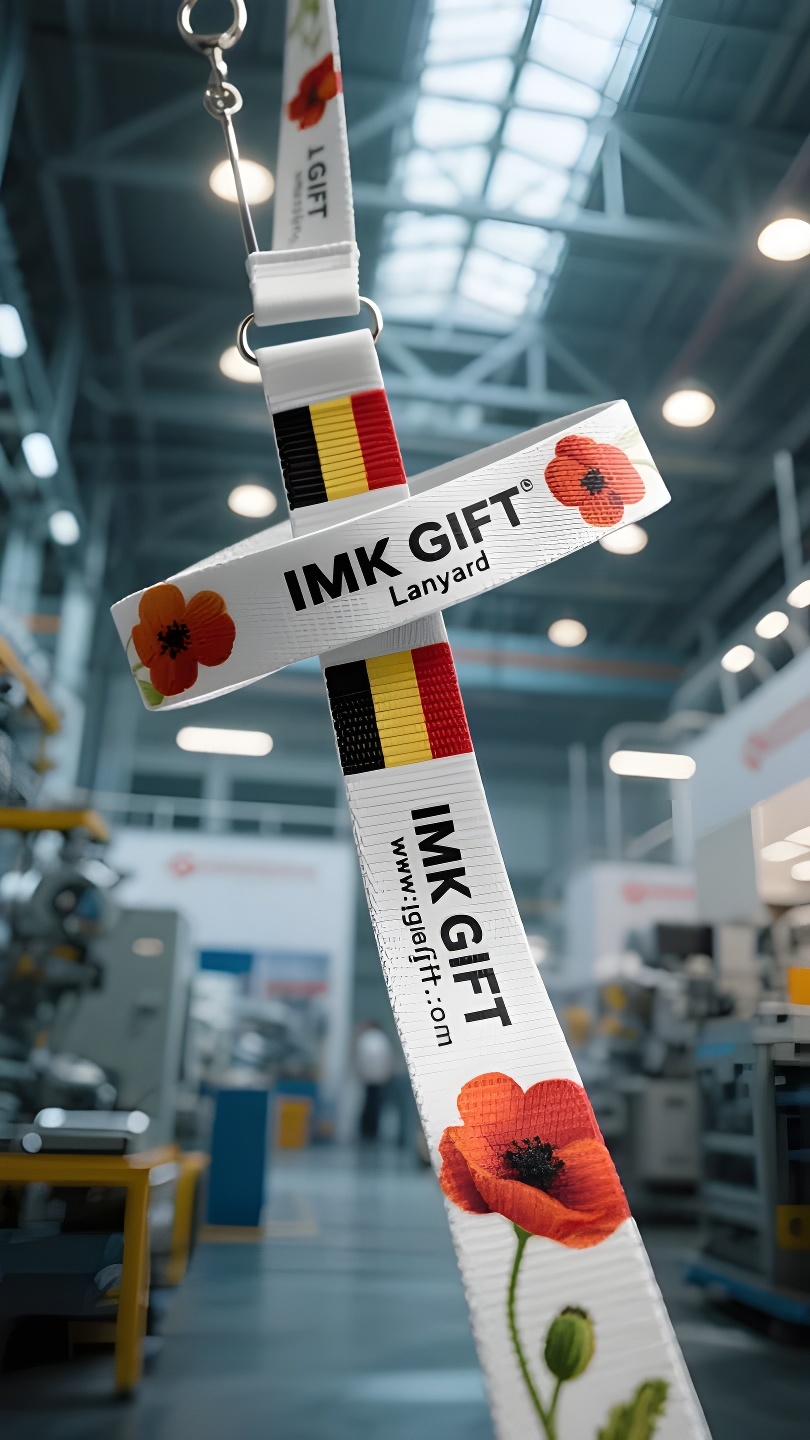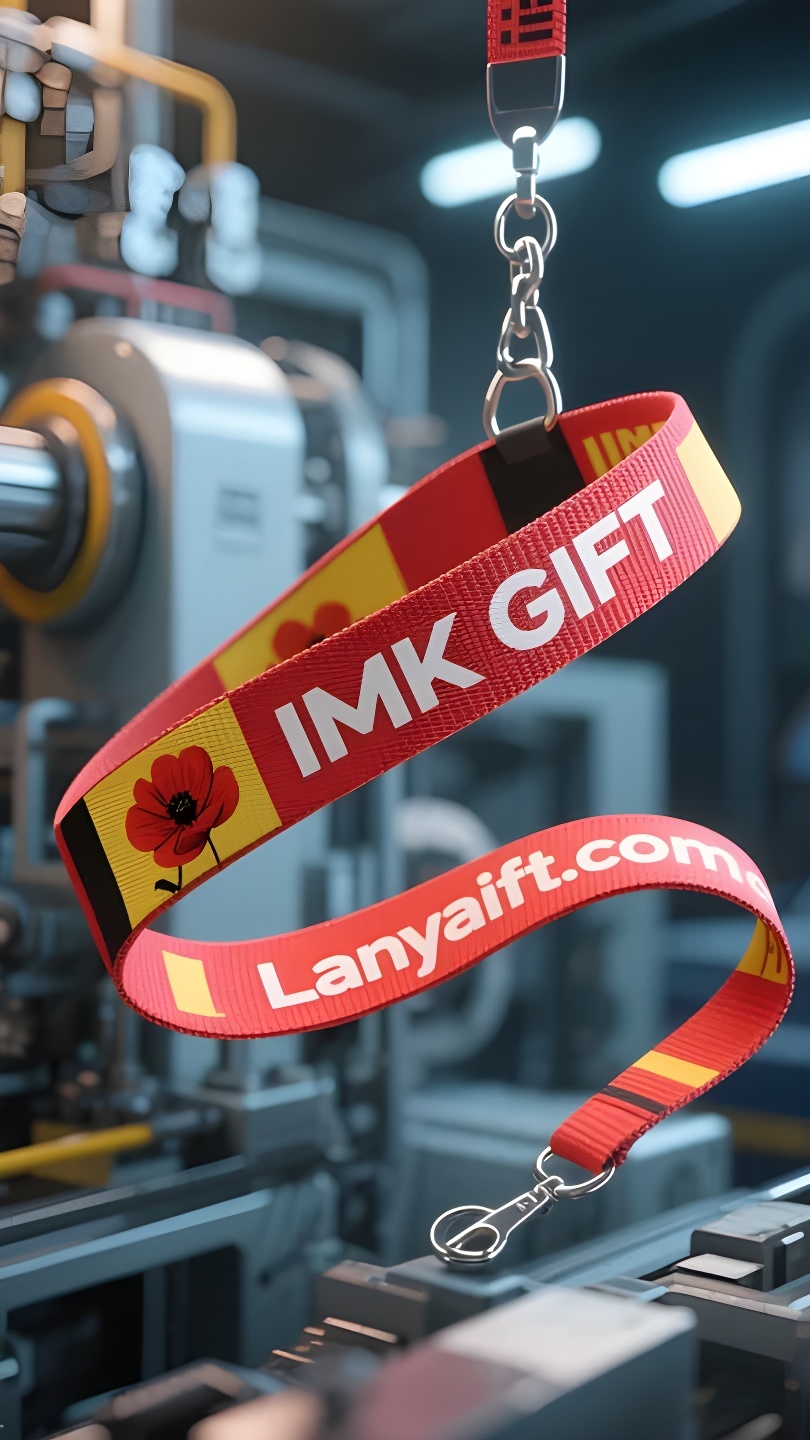in996-De-zwarte-gele-en-rode-klaproos-de-knoop-van-het-leven-die-nooit-vervaagt
▼
In de koude novemberwind van België verweven de driekleuren van de nationale vlag en de klaprooskoorden zich tot een ontroerende spirituele totem. De zwarte, gele en rode strepen zijn niet alleen nationale symbolen, maar staan ook symbool voor het onvermoeibare streven van het Belgische volk naar vrijheid. Zwart staat voor de moed om zich te verzetten tegen macht, geel is het felle licht van het verdedigen van waarden en rood is doordrenkt van het patriottische bloed dat van generatie op generatie wordt doorgegeven. Het koord met klaprozenmotief dat om de nationale vlag gewikkeld is, vertelt door de unieke weeftechniek een diepere nationale code. Iedere knoop staat symbool voor een wens voor vrede: tijdens de Eerste Wereldoorlog waren de bloeiende klaprozen op het slagveld in Vlaanderen niet alleen een getuigenis van de wedergeboorte van het leven in de verschroeide aarde, maar ook een teken van de vastberadenheid van de Belgische soldaten en burgers om hun vaderland tot de dood te verdedigen. Tegenwoordig knopen mensen de rode bloemblaadjes, die symbool staan voor herdenking, in vlechten. Zo blijft de moed die eeuwen teruggaat, altijd binnen handbereik. Deze knoopkunst sluit aan bij de Belgische basiswijsheid van ‘eenheid in verschillen’: de ogenschijnlijk onafhankelijke strengen touw vormen door hun verwevenheid een onverbrekelijk geheel, net zoals dit land met drie officiële talen, dat altijd al door culturele botsingen een unieke bindende kracht heeft weten te creëren. Wanneer hedendaagse jongeren een klaproosketting om hun borst knopen, erven ze niet alleen het historische geheugen, maar ook de nationale veerkracht die nooit bezwijkt onder crises. Van het bloedige slagveld tot de vredelievende tijden: de Belgen hebben de drie kleuren van de nationale vlag gebruikt om spirituele grenzen te markeren en de knoop van klaprozen om de harten van generaties te verbinden. Deze verweven regels vertellen ons: echte moed is de wetenschap dat de weg die voor je ligt moeilijk zal zijn, maar toch bereid zijn om een knoop van hoop te leggen voor je overtuigingen.
In the cold wind of November in Belgium, the three colors of the national flag and the poppy hanging rope interweave to create a soul-stirring spiritual totem. The black, yellow and red stripes are not only national symbols, but also carry the Belgian people’s unremitting pursuit of freedom – black represents the courage to resist power, yellow is the fiery light of defending values, and red is stained with the patriotic blood passed down from generation to generation. The poppy hanging rope wrapped around the national flag tells a deeper national code with its unique knitting craftsmanship. Each knot condenses the wish for peace: in the First World War, the poppies blooming on the battlefield of Flanders were not only a witness to the rebirth of life in the scorched earth, but also a mark of the Belgian soldiers and civilians who swore to defend their homeland. Today, people turn the red petals symbolizing commemoration into braided knots, allowing the courage that spans centuries to continue at their fingertips. This knot art implicitly conforms to the Belgian wisdom of “uniting in differences” – the seemingly independent strands form an unbreakable whole in the interweaving, just like this country with three official languages, which has always tempered a unique cohesion in the collision of cultures. When contemporary youth tie poppy ropes around their chests, they are inheriting not only historical memories, but also the national resilience that never yields in the face of crisis. From the bloody battlefield to the peaceful era, Belgians use the tricolor of the national flag to define spiritual boundaries and use the poppy knot to connect the hearts of generations. These interwoven patterns tell us: true courage is knowing that the road ahead is difficult but still willing to weave a knot of hope for belief.
在比利时十一月的寒风中,国旗的三色与虞美人挂绳交织出震撼人心的精神图腾。黑、黄、红条纹不仅是国家象征,更承载着比国人民对自由的不懈追求——黑色代表抵御强权的勇气,黄色是捍卫价值观的炽热光芒,红色则浸染着代代传承的爱国热血。
而缠绕在国旗旁的虞美人挂绳,以独特编结工艺诉说着更深刻的民族密码。每道绳结都凝结着和平的祈愿:第一次世界大战中,佛兰德斯战场盛开的虞美人,既是生命在焦土中重生的见证,也是比利时军民誓死守护家园的印记。如今人们将象征纪念的红色花瓣化作编织绳结,让跨越世纪的勇气在指尖延续。
这种绳结艺术暗合比利时”团结在差异中”的立国智慧——看似独立的绳股在交织中形成牢不可破的整体,正如这个拥有三种官方语言的国度,始终在文化碰撞中淬炼出独特的凝聚力。当当代青年将虞美人挂绳系于胸前,他们传承的不仅是历史记忆,更是面对危机时永不屈服的民族韧性。
从战场血火到和平年代,比利时人用国旗的三色划定精神疆界,以虞美人的绳结串联世代心脉。这些交织的纹路告诉我们:真正的勇气,是明知前路艰难仍愿为信念编织希望的绳结。
▼
Contact Us
📞 Tel: +0086-760-85286839
📧 Email: sales3@imkgift.com








